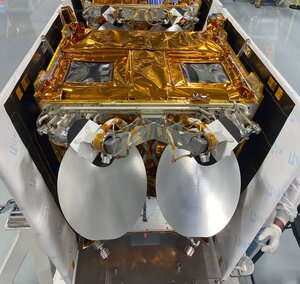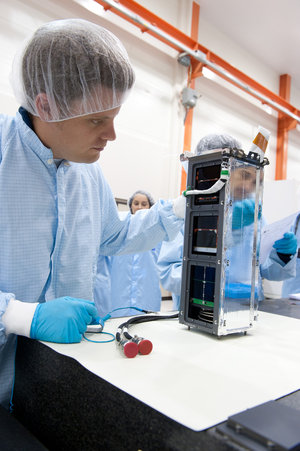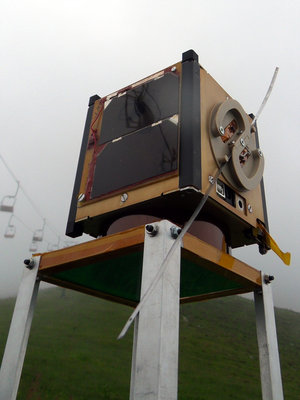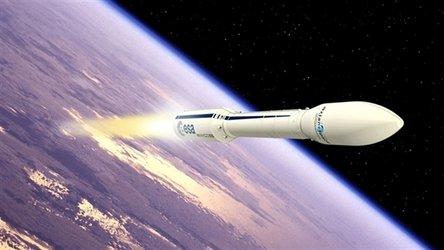Meet the teams: UniCubeSat-GG
Seven teams of university students were selected to fly their CubeSats on the maiden flight of ESA's Vega launch vehicle. Here is an introduction to UniCubeSat-GG, one of two Italian student teams on the flight.
| University | School of Aerospace Engineering – Sapienza University of Roma, Italy |
| Endorsing professors | Filippo Graziani, Paolo Teofilatto, Augusto Nascett |
| Team | Chantal Cappelletti, Simone Battistini, Luigi Ridolfi, Chiara Massimiani, Giuseppe Martinotti, Stefano Scutti, Riccardo Di Roberto, Daniel Pancorbo-D'Ammando, Marco Truglio, Roberto Cica |
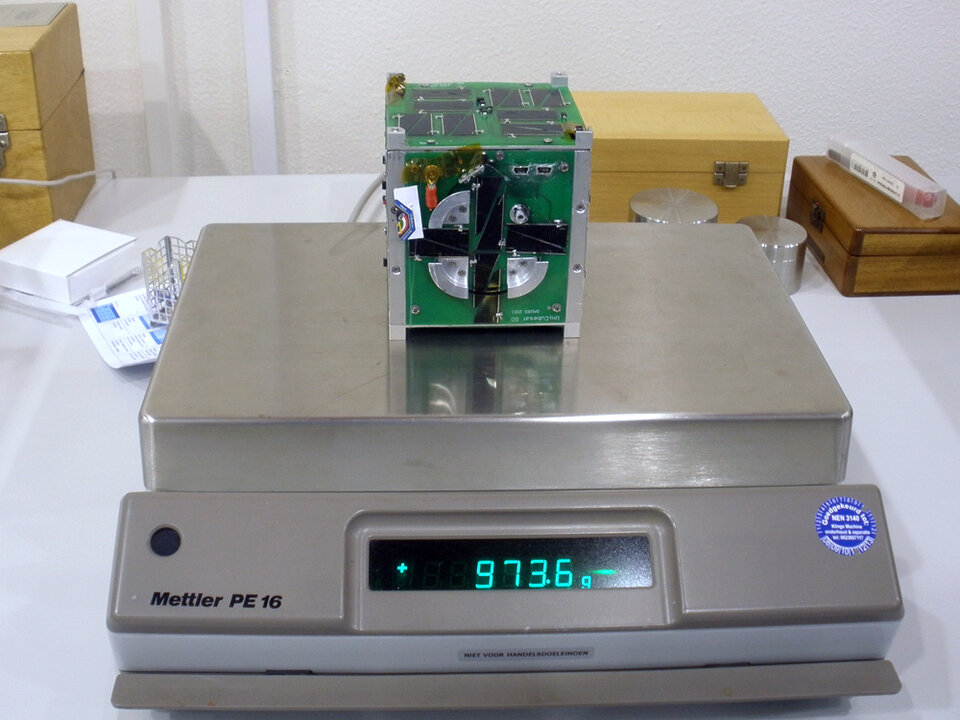
The team was formed within the Gruppo di Astrodinamica Università degli Studi Sapienza or Group of Astrodynamics of Sapienza University (GAUSS) laboratory in Rome, which has more than 10 years' experience in designing, building and operating university satellites. The team was composed of students following Masters and PhD courses at GAUSS and their professors. The project has involved more than 10 students during recent years.
The CubeSat carries two experiments:
The booms for gravity gradient libration study will investigate how orbital eccentricity and gravity combine to affect the satellite’s attitude and cause instability. Data from onboard accelerometers and magnetometers will be analysed on the ground in order to reconstruct the satellite’s attitude.
- The powered booms payload is designed to increase the available power on board by using a deployable boom. Telemetry data will confirm the contribution of the deployed solar panels in terms of produced energy. Since a CubeSat's power budget is very limited, this promises to provide greater power availability for future picosatellite missions.
The team selected these experiments because the activities of their group focus on satellite design, building and in-orbit operation. They are very interested in studying new solutions that can enhance satellite capabilities, such as powered booms. Another area of interest is the problem of combined eccentricity and gravity gradient from a dynamical point of view.
The CubeSat experience

How did the team members deal with the experience of CubeSat selection, design, construction, testing and integration?
During the project, the team members faced and successfully overcome many difficulties, since the satellite has been entirely designed and built by students and professors of the group on a very low financial budget.















 Germany
Germany
 Austria
Austria
 Belgium
Belgium
 Denmark
Denmark
 Spain
Spain
 Estonia
Estonia
 Finland
Finland
 France
France
 Greece
Greece
 Hungary
Hungary
 Ireland
Ireland
 Italy
Italy
 Luxembourg
Luxembourg
 Norway
Norway
 The Netherlands
The Netherlands
 Poland
Poland
 Portugal
Portugal
 Czechia
Czechia
 Romania
Romania
 United Kingdom
United Kingdom
 Slovenia
Slovenia
 Sweden
Sweden
 Switzerland
Switzerland


















